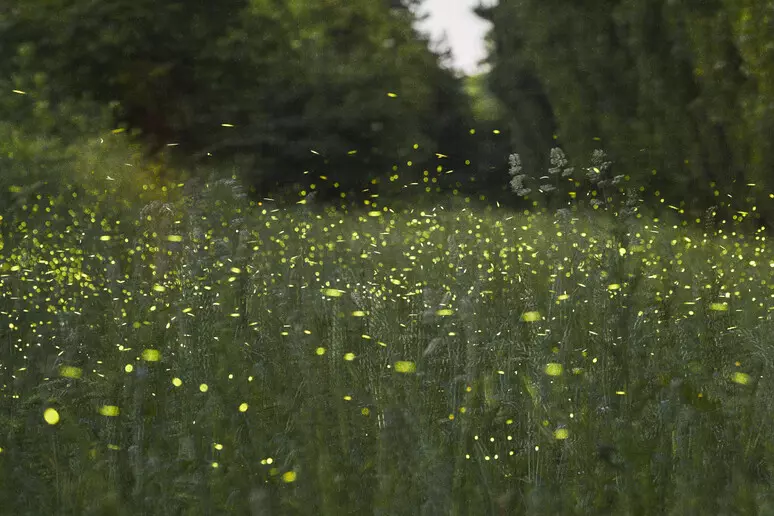This summer, New York is shining brighter than usual, as fireflies dot the city’s parks and coastal areas, from Prospect Park to the Ramble. On social media, many New Yorkers are questioning the origin of this unusual sight.
Experts explain that there is no hard data on a real increase in the number of fireflies, but the recent warm and humid weather conditions have created an ideal environment for their proliferation.
The larvae of these insects belonging to the elateroid beetle family prefer moist, shady soils rich in organic material, as Richard Joyce, a biologist specializing in the conservation of endangered species, explains. Joyce works on the Firefly Atlas at The Xerces Society for Invertebrate Conservation, a nonprofit organization committed globally to protecting invertebrates and the ecosystems in which they live.
According to the expert, there are hundreds of varieties of fireflies, but the one that is enchanting the city these days is the common eastern firefly (Photinus pyralis), also known by the nickname “Big Dipper firefly” because of the way the male draws arcs of light in the air.
Fireflies have been spotted and admired in the forests of Prospect Park, in the bushes along the shoreline, and at sunset on the Ramble in the heart of Central Park.
Behind this fascinating spectacle lies a complex mating ritual. “Fireflies light up as part of an elaborate communication system between males and females,” explains Candace Fallon, a field researcher currently working in Idaho. “Each species has its own blinking pattern. Males, usually those that fly, send out light signals in hopes of receiving a response from females, who remain stationary on the ground or on low plants. When a female responds with her own flash, courtship is initiated.”
Some firefly species mate with multiple partners, while others involve more monogamous behavior. In some cases, the male also offers a “nuptial gift”: a package of protein, amino acids and fat that the female can use to feed her eggs, Joyce explains.
Fallon also sees this phenomenon as an opportunity to reflect on the conservation of these insects, which are increasingly threatened by habitat loss and light pollution. Fireflies, he says, are surprisingly adaptable to the urban environment: wild habitats, unkempt green areas, and favorable conditions could provide real hope for their survival even in cities like New York.












